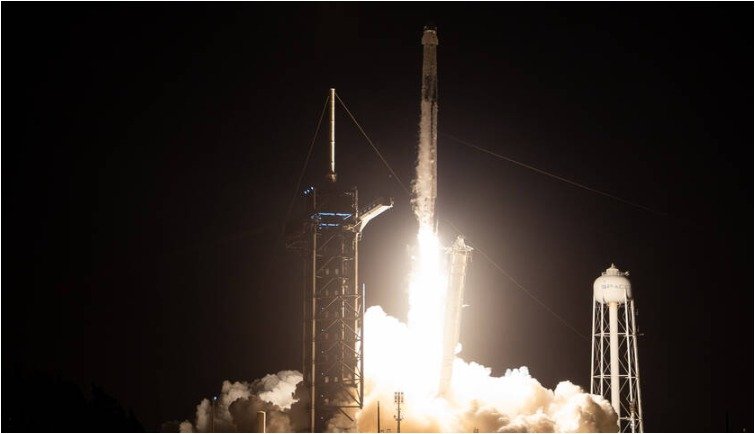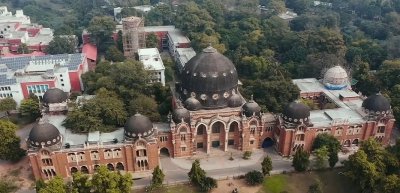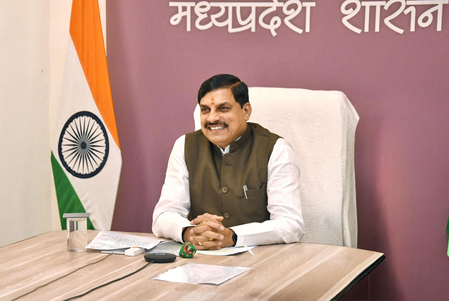
In an impressive display of technological prowess, a SpaceX Falcon 9 rocket flawlessly propelled the Dragon spacecraft into orbit from the iconic NASA Kennedy Space Center in Florida. The payload includes a diverse crew of spacefarers, namely NASA astronaut Jasmin Moghbeli, ESA astronaut Andreas Mogensen, JAXA astronaut Satoshi Furukawa, and Roscosmos cosmonaut Konstantin Borisov. This collective team is embarking on an ambitious science expedition aboard the International Space Station (ISS).
Speaking on the matter, NASA Administrator Bill Nelson emphasized the team’s purpose, detailing their involvement in over 200 pivotal science experiments and technology demonstrations. These endeavors are not only geared towards advancing our understanding of space but are also crucial for upcoming lunar, Martian, and interstellar missions, offering tangible benefits to life on Earth.
Anticipation was high as the Dragon spacecraft, designed for autonomy, set its course for the space-facing port of the ISS’s Harmony module. This docking procedure, expected to occur on Sunday evening, represents a seamless fusion of cutting-edge engineering and precision.
Upon reaching the ISS, Crew-7 will merge with the current Expedition 69 crew, which comprises NASA astronauts Stephen Bowen, Woody Hoburg, and Frank Rubio, as well as UAE astronaut Sultan Alneyadi, and Roscosmos cosmonauts Sergey Prokopyev, Dmitri Petelin, and Andrey Fedyaev. The station’s population will briefly swell to eleven individuals before the return of Crew-6 members Bowen, Hoburg, Alneyadi, and Fedyaev to Earth a few days later.
The aims of Crew-7 span a spectrum of scientific frontiers that hold promise for both space exploration and life back on our home planet. Some notable experiments involve the meticulous collection of microbial samples from the station’s exterior, an unprecedented study of human responses to various spaceflight durations, and an exploration into the physiological aspects of astronaut sleep patterns.
Ken Bowersox, Associate Administrator of the Space Operations Mission Directorate at NASA, expressed enthusiasm for the mission’s significance, highlighting the collaboration among four nations represented by the four crew members. He underlined the remarkable continuity of human presence in the microgravity laboratory, spanning almost 23 years.
In an era where space exploration continually pushes boundaries, NASA’s SpaceX Crew-7 mission stands as a beacon of international cooperation and scientific advancement, propelling humanity ever closer to new frontiers.





